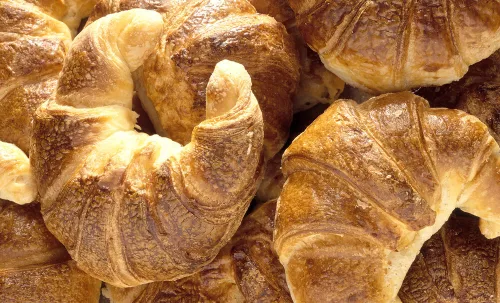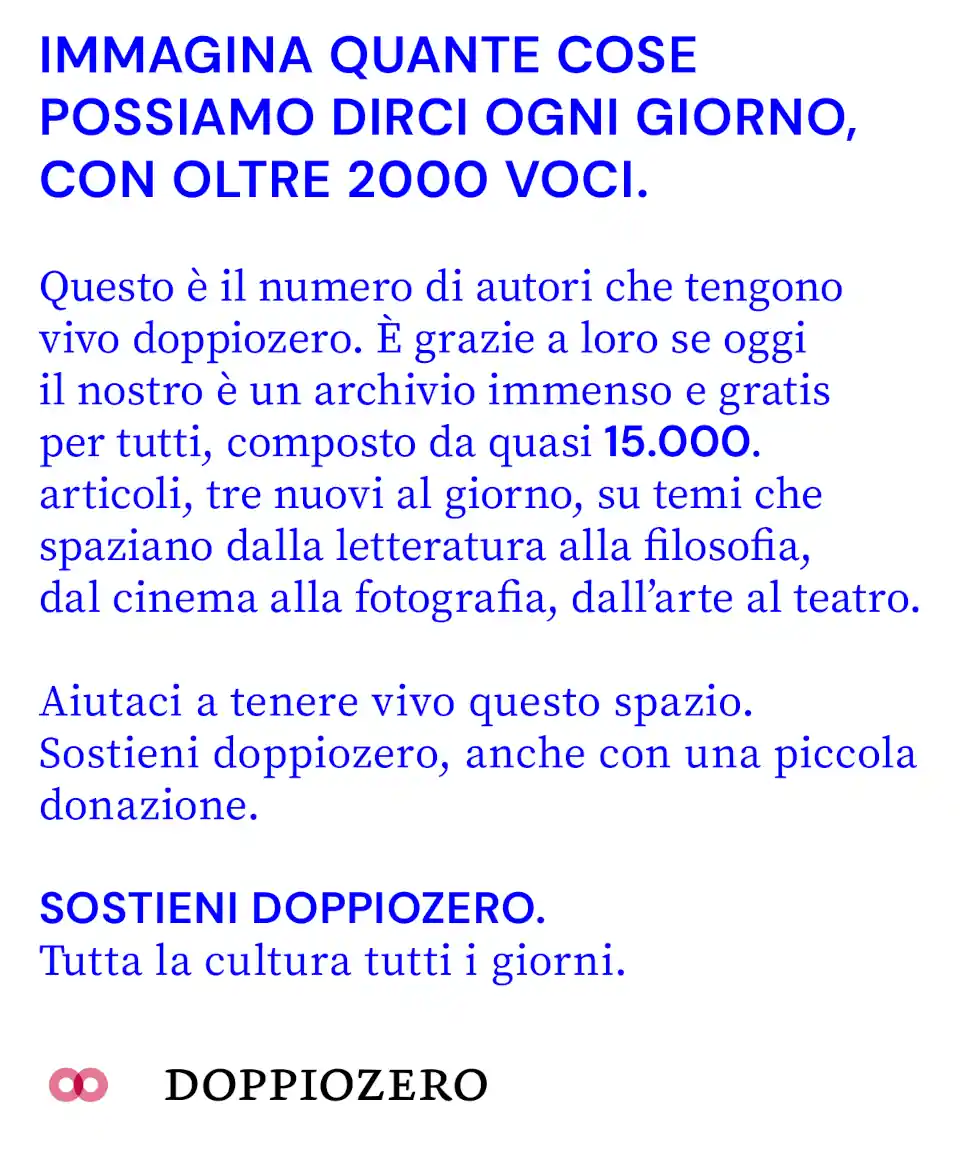Brioche after the battle
Each morning in my local bar, when I dip the still warm brioche into my tepid cappuccino, which immediately goes cold I cannot help but think of my beloved Poland and the siege of Vienna from 1683. This is a date of extraordinary importance: the Ottomans’ advance towards conquering all of Europe was definitively stopped there, and thus began the decline of their empire. The siege of the Habsburg Empire’s capital city began on 14 July with an enormous army, led by the fierce Grand Vizier Merzifonlu Kara Mustafa Pasha. However, in the following two months, the assailants were unable to conquer Vienna, not even with their immense cannonade, and little by little they were worn out by various epidemics (mainly dysentery). The Ottomans even tried to enter the city by digging audacious underground passages, so as to surprise the Viennese soldiers by night. According to legend, however, the assailants were discovered by the local bakers who were cooking the next morning’s bread. To celebrate this narrow escape, it is said that a pastry chef by the name of Vendler invented the croissant and, as inspiration for the pastry’s shape, he turned to the half-moon symbol of the defeated Ottoman Empire. But the true story is different. After two months under siege, the Viennese were also on their last legs. Garrison commander Ernst von Starhemberg sent a desperate message to emperor Leopold I, who had taken refuge in Passau (formerly known as Batavia): “Waste no more time, merciful lord, waste no more time”. Thanks also to the pressure of Pope Innocent XI (1611-1689) the Christian kings finally came to an agreement and formed a coalition led by the Polish king Jan III Sobieski (1629-1696), from the Polish-Lithuanian Commonwealth. On the throne since 1674, he was a plump and mustachioed man who had a genius instinct for military matters and was nicknamed the “Lion of Lechistan” by the Turks. His army was formed of: 30,000 Poles; 18,500 Austrians and Italians (From Tuscany, Venice, and Mantova) under the command of Duke Carlo V of Lorena; 19,000 Frankish, Swabian, and Bavarian troops, under the command of Count George Frederick of Waldeck; and 9,000 Saxons under the command of John George III of Saxony. All were future brioche devourers.
This army of about 80,000 men was up against 140,000 Ottomans. But, on 11 September, taking advantage of the fact that not all of the Ottoman troops were directly under the walls of Vienna, as they were busy sacking the surrounding areas, Sobieski launched an attack with a pincer movement of his cavalry (the legendary winged Uhlans). The Turks lost about 15,000 men in this battle, compared to about 2,000 Christians killed. Sobieski’s troops were also able to recover a large part of the spoils that the Ottomans had accumulated during their raids in the Balkans. As the Polish cavalry were the first to enter the Turkish camps, they were able to gather all of the loot that the Ottomans had left behind in their hasty escape; this created a great deal of resentment on the part of the Germans and Austrians who got no share in the bounty. The Turks also abandoned sacks of strangely colored beans, which the Austrians thought to be food for camels. They were about to throw them away when a certain Franciszek Jery Kolszyrski (1640-1694), a Polish resident of Vienna, realized that it was coffee. Indeed, it was raw, untoasted coffee, which explained its strange green color. Kolszynski Germanized his name, becoming Franz Georg Kolschitsky, and in 1684 opened the first café in Vienna. Thus began the great fortune of locales of this sort: the popularity of ‘cafes’ spread rapidly throughout the world. Some say that Kolschitsky added milk and honey to sweeten the bitter taste of the coffee, thus also beginning the storied fame of cappuccinos throughout the world. Today his coffee shop no longer exists, but the street where it was is now named after him (Kolschitsky-gassen, 4) as well as a statue in his honor, placed at one angle of a building on the same street, which shows him dressed as a Turk holding a coffee pot in his hand. There are those, however, who claim that he who so ingeniously took advantage of the abandoned loot in the Turkish camps, by opening the first coffee house, was a different Polish man: Jerzy (Georg) Michaelowics, a young spy who was sent over the Turkish lines to ask for help from Carl of Lorena. To thank him for his good work, once the victory had been secured, he received a sack of strange, roasted beans, that was believed to be animal food. George, who was young and extremely sharp and clever, knew at once that these were coffee beans and that the Turks used them to make a delicious drink. Thus he easily, and free of charge, obtained the entire store of sacks of coffee and was able to open the first café in Vienna.
Whether it was one man or the other to have appreciated this black, bitter, energetic drink, it seems that the invention of the cappuccino is the work of Father Marco d’Aviano: a Friulian Capuchin friar who was directed by the Pope to gather the Christian kings in order to stop the advance of Islam. On the morning of 11 September, Marco d’Aviano said mass on Kahlenbergh Mountain and blessed Sobieski and his troops (which is one of the reasons that Pope John Paul II beatified him in 2002). What is certain is that in Vienna, those who spread the drinking of coffee and who appropriated the invention of the cappuccino, also invented (or commissioned from the pastry chef Vendler) a pastry that was needed to increase their profits: the brioche, inspired by the half-moon of the Ottoman insignia. But this pastry was too delicious to be confined to Vienna, and it soon passed the borders and entered France, where it was renamed: croissant. The person who took this product to France was a huge fan: Marie Antoinette, daughter of the Empress Maria Teresa, who would go on in 1774 to marry Louis XVI and thus become queen of France (and who would then lose her head to the guillotine, in part for having suggested that her famished subjects “If they have no bread, let them eat brioches!”). The link between the siege of Vienna and the defeat of the people of the half-moon also helps to explain the origin of the word croissant, which in French means growing (that is, a growing moon, or half-moon). The basic preparation for brioches is still today called “viennoiserie” (and the technique for making it is more similar to bread than to true pastries). The croissant, moreover, is a descendent of the German dessert “kipferl”: a kind of scone that dates back at least to the XIII century, made of flour, butter, eggs, water, and sugar, with the addition of an egg yolk spread across its crust which gives it a more golden color. The main difference is that brioches and croissants contain much more butter...
Extract from Brioche and the city, Slow food guide for breakfast in Milan







